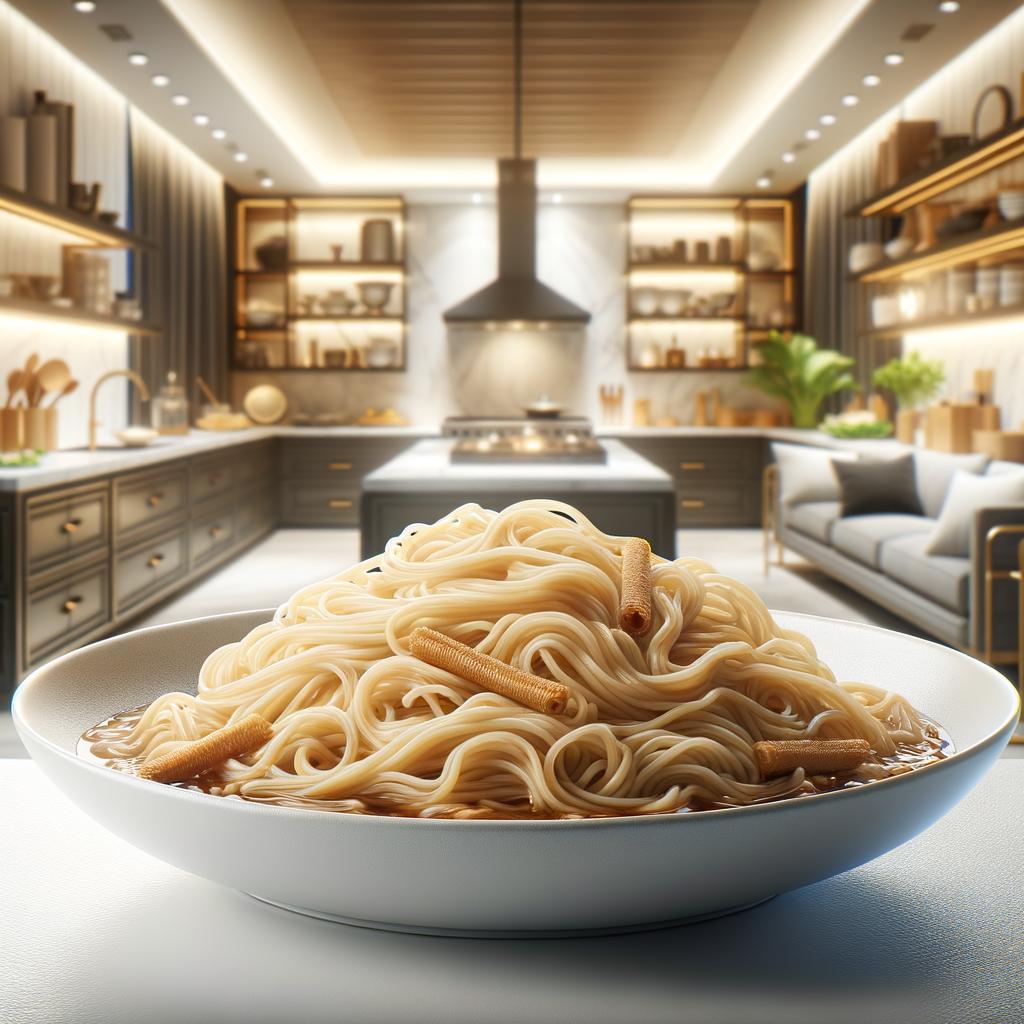Mi Char Noodles

Description
Mi Char, also known as Char Siu Noodles, is an enchanting ingredient that hails from the vibrant culinary world of Southeast Asia. These noodles are typically long, thin, and have a springy texture that is delightfully satisfying to the bite. The uncooked noodles have a pale, wheat-like color, but when cooked, they transform into a glossy, appetizing golden hue. The flavor profile of Mi Char noodles is generally neutral, making them a versatile canvas for a myriad of ingredients and sauces. What sets these noodles apart is their incredible ability to absorb the flavors they are cooked with, resulting in a dish that is harmoniously balanced and deeply flavorful.
Primary Uses
Mi Char noodles are commonly used in stir-fry dishes, a cooking method that allows them to soak up the savory, sweet, and spicy flavors of the dish. They are a key component in many Southeast Asian cuisines, particularly in Malaysian and Singaporean dishes. One of the most popular dishes featuring Mi Char is Char Siu Noodles, where the noodles are stir-fried with Char Siu (barbecued pork), vegetables, and a delectable sauce. Apart from culinary uses, Mi Char noodles also hold cultural significance in many Asian societies, often being served during celebrations and festivals as a symbol of longevity and prosperity.
History
The history of Mi Char noodles is steeped in the rich tapestry of Southeast Asian culinary traditions. They are believed to have originated in China, and over centuries, they have made their way across the region, evolving and adapting to local tastes. The noodles were traditionally handmade, a labor of love that added to their charm. Over time, Mi Char noodles have become a beloved staple in many Asian households and restaurants due to their versatility and satisfying texture. There are many stories associated with these noodles, including the belief in some cultures that eating long noodles leads to a long life.
Nutritional Information
Mi Char noodles are a good source of carbohydrates, providing the energy needed for daily activities. They also contain some protein and dietary fiber, particularly if made from whole grain flour. While they are low in fat, the nutritional profile can vary depending on the ingredients they are cooked with. When compared to other types of noodles, Mi Char noodles have a similar nutritional profile, but their unique ability to absorb flavors sets them apart. As with any food, moderation is key, and these noodles can be part of a balanced diet when paired with plenty of vegetables and lean proteins. From a nutritionist's perspective, the story of Mi Char noodles is one of versatility and balance, a testament to the culinary wisdom of the cultures that have cherished them for centuries.

